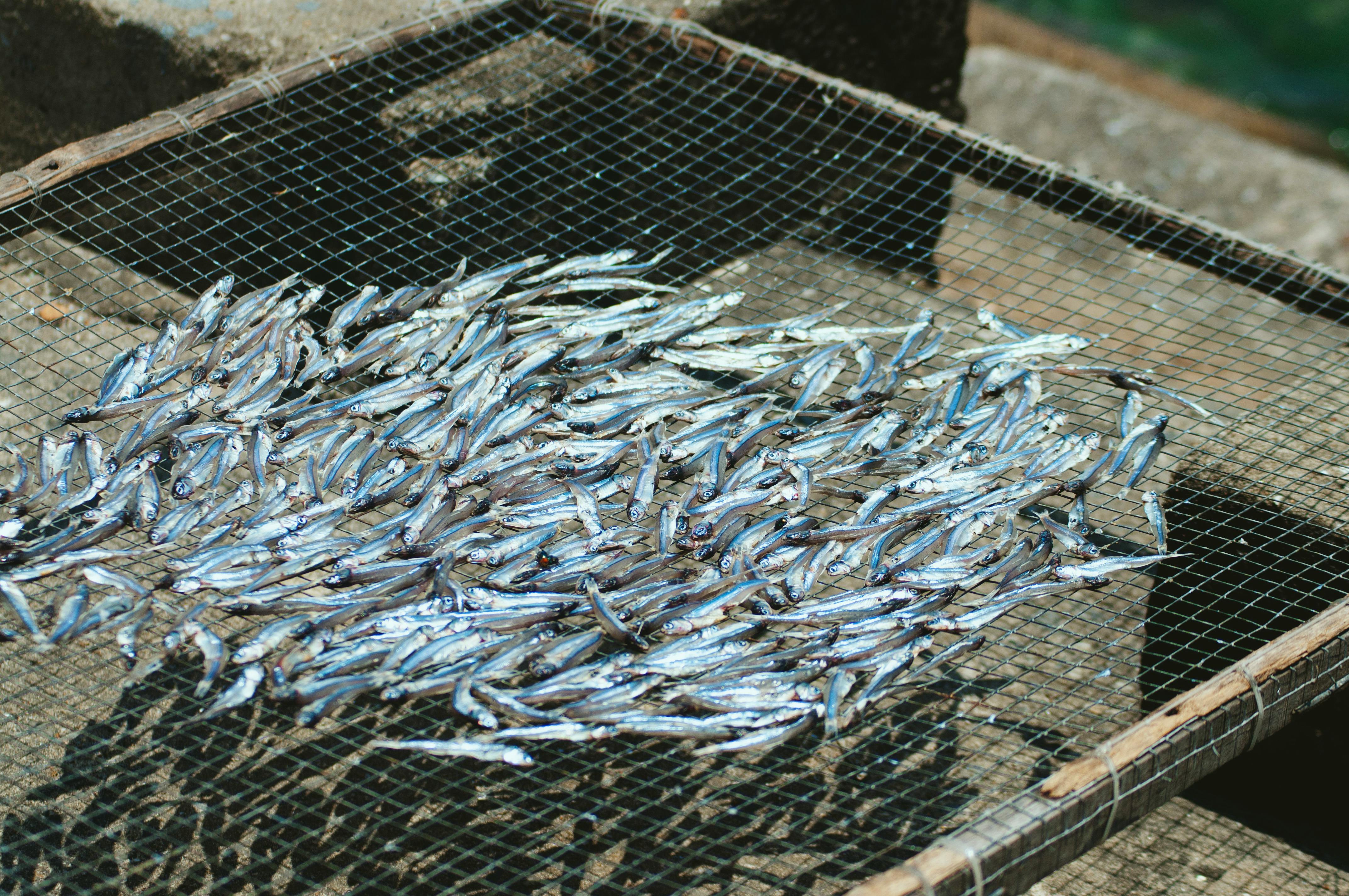Essential Guide to What Do Fishes Eat for Healthy Growth
Understanding the dietary needs of fish is crucial for maintaining their health and promoting growth in aquariums and natural habitats. In the vibrant world of aquatic life, fish have varied diets depending on their species, habitat, and age. This guide will delve into the different types of fish food, highlight the importance of a balanced diet, and provide insights into fish feeding habits to ensure your aquatic friends thrive.
Fish diets can encompass a wide range of foods, from fresh and frozen sources to dry commercial pellets and flakes. By grasping the nutritional requirements of different fish species, you can make informed decisions about feeding practices. This article will cover everything from how often to feed fish, the types of food best suited for various species, and the importance of variety in their diets.
Key takeaways include understanding the composition of high-quality fish food, recognizing signs of malnutrition, and learning effective feeding techniques. Through this knowledge, you will be equipped to provide the optimal diet that ensures healthy and vibrant aquatic life.
Types of Fish Food for Different Species
Building on our understanding of fish diets, it's imperative to explore the different types of fish food available. Various fish species require distinct diets tailored to their natural feeding behaviors and nutritional needs.
Pellets vs. Flakes: Which to Choose?
Fish pellets and flakes are two of the most popular commercial fish food types. Pellets tend to retain their shape longer, providing a slow release of nutrients, which can benefit fish known for their nibbling habits. They often contain a higher concentration of nutrients, including protein and essential vitamins for fish health. On the other hand, flakes float on the water surface, making them easier for surface feeders. However, they can disintegrate quickly, potentially leading to water quality issues if not consumed immediately.
Fresh, Frozen, and Live Fish Food
Fresh fish food includes a wide variety of options such as frozen brine shrimp, bloodworms, and aquatic plants. These can be excellent sources of protein, which is vital for growth. Similarly, live foods, such as daphnia and mosquito larvae, stimulate natural hunting instincts, enhancing the well-being of carnivorous fish. While they can be beneficial for fish nutrition, care must be taken to ensure that live food is free from parasites.
Vegetarian and Commercial Fish Foods
Consideration should also be given when feeding herbivorous species. Vegetables such as spinach, peas, and lettuce can be excellent sources of dietary fiber. In contrast, specialized commercial foods are formulated specifically for vegetarian fish, often containing spirulina and other algae.
For hobbyists, the vast array of options available underscores the significance of understanding the dietary requirements of specific fish. Selecting appropriate fish food can promote growth and overall health in your aquarium.

Nutritional Content and Fish Feeding Habits
With these types of fish food established, we must now focus on their nutritional content and how they align with the feeding habits of various fish species. Nutrition is pivotal in maintaining optimal fish health and ensuring they meet their dietary needs.
Essential Nutrients for Fish Growth
Fish thrive on a balanced diet consisting of protein, fats, vitamins, and minerals. High-quality fish food is designed to mimic these nutritional elements found in their natural habitats. For instance, protein contributes to growth rates and muscle development, while healthy fats provide energy and support metabolic functions. Additionally, vitamins like A and D play critical roles in immune function and overall health.
Signs of Malnutrition in Fish
Recognizing the signs of malnutrition in fish is essential for any aquarium owner. Common indicators may include lethargy, fading colors, and stunted growth. If observed, it is vital to reassess their diet and ensure a high-quality fish food that meets their specific nutrient requirements.
Feeding Techniques for Optimal Results
Understanding efficient feeding techniques can improve the overall success of your aquarium. Proper feeding schedules, portion sizes, and food types can vastly influence fish behavior and well-being. Overfeeding can lead to poor water quality and health complications. Establishing a regular feeding routine and using a variety of food types can help meet the dietary requirements of different species.
Combining fish diets with proper feeding techniques ensures your aquatic pets receive complete nutrition while keeping their environment healthy.

Importance of Variety in Fish Diet
Having covered the types of fish food and their nutritional needs, it’s essential to emphasize the importance of variety in fish diets. Offering a range of food types can significantly enhance their health and stimulate natural feeding behaviors.
Benefits of Dietary Diversity for Fish Health
Feeding fish a diverse diet can prevent nutritional deficiencies and promote optimal growth rates. Different foods provide varying health benefits; for instance, some foods may have higher omega-3 content, which is beneficial for heart health. Providing an array of food items helps maintain digestive health and allows for better nutrient absorption.
Fish Feeding Schedules and Techniques
Implementing a structured feeding schedule can enhance the feeding habits among fish. Regular feeding times, combined with a variety of food sources, can lead to improved fish behavior and health. Utilizing techniques such as spot feeding allows fish to maintain their natural foraging instincts, which is particularly beneficial for species that are naturally hunters.
Considerations for Breeding Fish
When it comes to breeding, understanding feeding requirements becomes even more critical. Some species may require specialized breeding diets that promote spawning, while others may need baby fish food to ensure fry growth and development. Addressing these needs can foster successful breeding practices and healthy fry.
With a varied and balanced diet, you can enhance your fish’s living conditions while promoting growth and health.
Conclusion: Ensuring Healthy Fish through Proper Nutrition
In concluding this guide, it is clear that understanding what fish eat is fundamental to their health and growth. A proper diet, tailored to their specific needs and habits, directly impacts their longevity and vitality. Emphasizing the importance of dietary variety, high-quality food, and proper feeding techniques will ensure that both novice and experienced aquarists can achieve thriving aquatic communities.
Effective fish food choices not only support physical health but can also enhance beauty and behavior, and help avoid common feeding problems. By investing time in researching and selecting the right fish food, you are ensuring the best care for your aquatic pets.
